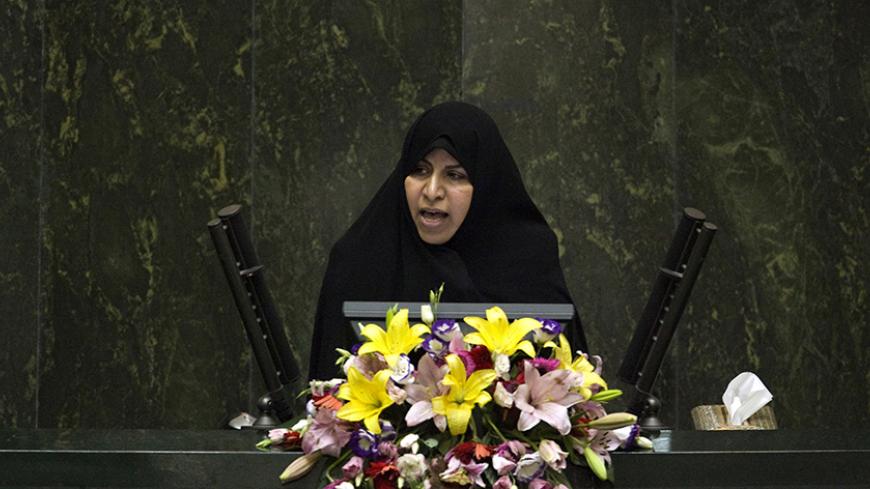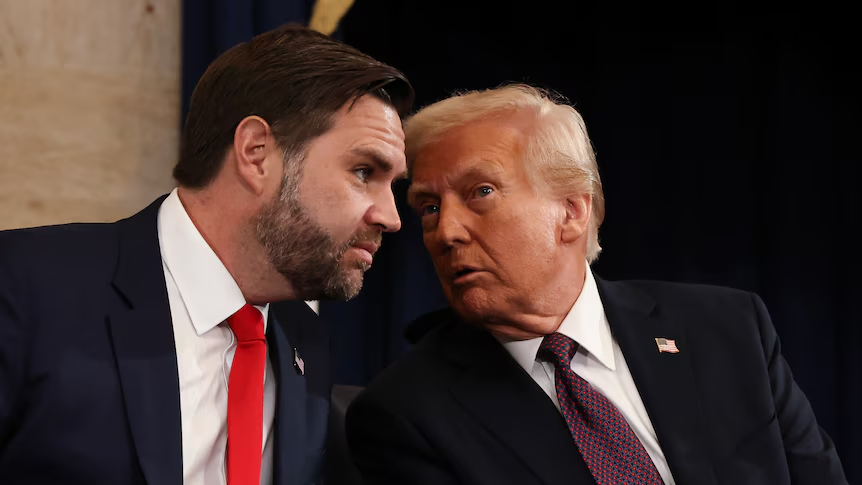A Brief History
Before the appointment of Marzieh Vahid Dastjerdi as the Minister of Health in 2009. She is the last female cabinet minister in Iran was Farrokhroo Parsa. She served as the Minister of Education from 1968 to 1971 under the Shah’s government.
Parsa was a vocal advocate for women’s rights and gender equality in Iran. However, after the 1979 Islamic Revolution, the new regime arrested Farrokhroo Parsa. It tried her and executed her by firing squad in 1980 for alleged crimes against the new regime.
Dastjerdi’s Appointment: A Significant Milestone
Her appointment as the Minister of Health and Medical Education was a significant milestone for women’s representation in the Iranian government. Dastjerdi’s appointment is a significant milestone. It marks the first time a woman has held a cabinet position in Iran.

Since the establishment of the Islamic Republic over 30 years ago. This move is part of President Mahmoud Ahmadinejad’s efforts to increase female representation in the government. Despite facing opposition from hardline MPs and clerics who believe women should not hold such high-level positions.
Concerns and Challenges
As the new health minister, Dastjerdi portrayed herself as a breakthrough candidate, stating that:
Women must have a greater role in the country’s affairs.
New health minister, Dastjerdi
Dastjerdi’s conservative background and past support for segregated healthcare facilities for men and women have raised concerns among some Iranians about whether she will truly champion greater rights and opportunities for women.

The long-term impact of her tenure will depend on whether she can use her position to meaningfully advance the status of women in Iran, which continues to grapple with deep-seated gender inequalities and restrictions on women’s rights and participation in public life.
Conclusion
Overall, Dastjerdi‘s appointment represents a symbolic step forward for Iranian women, still, the significance of this milestone will be determined by the actions and impact of her tenure as a cabinet minister. The women’s movement in Iran has gone through cycles of progress and setbacks since the 1979 revolution. The journey towards greater gender equality in Iran remains a complex and often contentious issue, with both progress and setbacks along the way.














